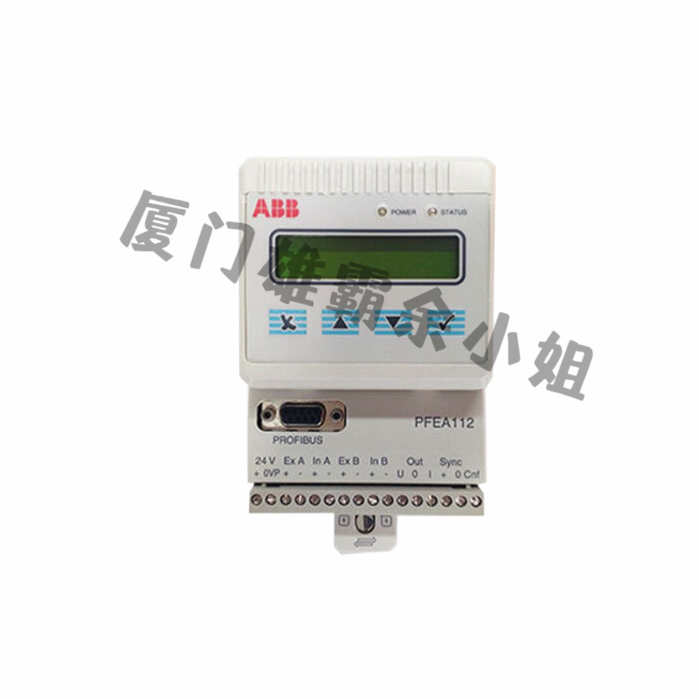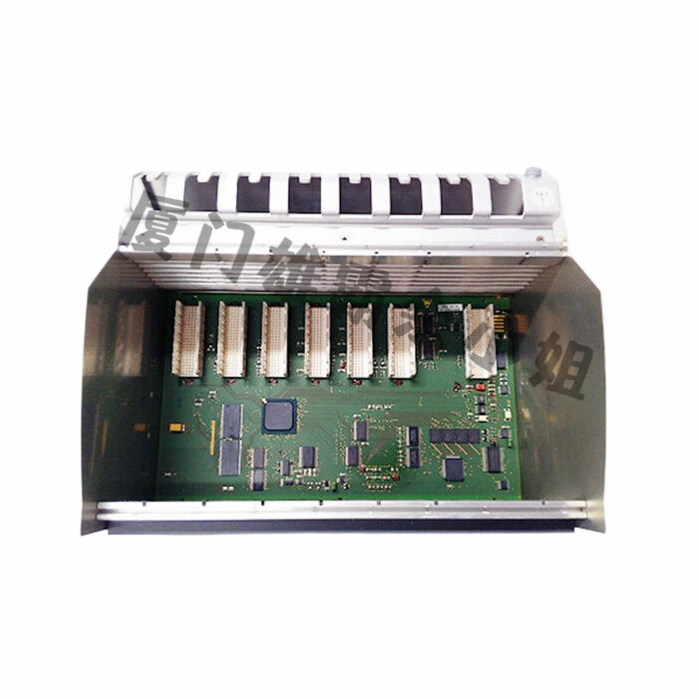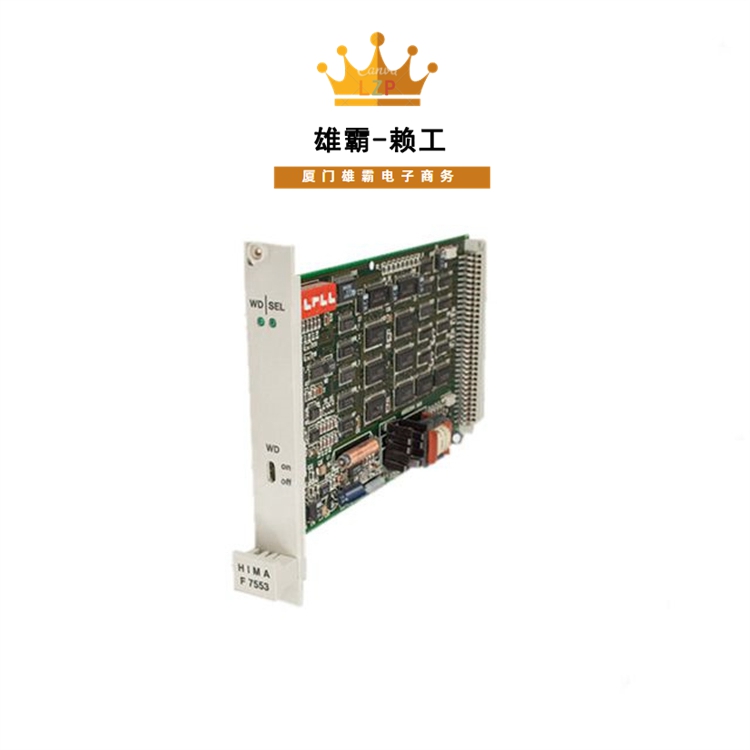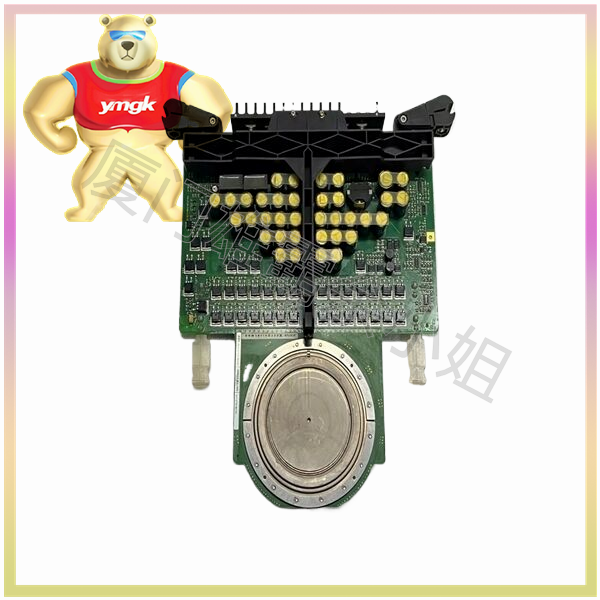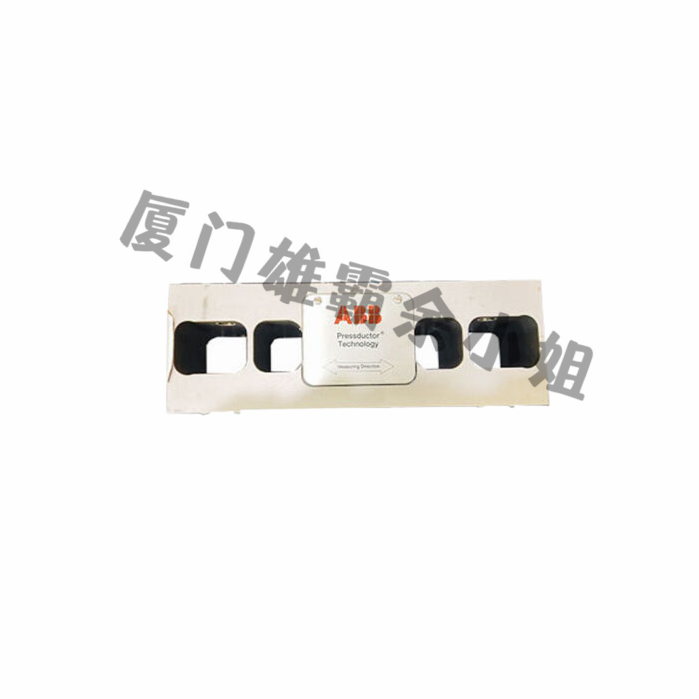Combinatorial logic is a digital circuit whose output depends only on the current input value and is independent of the history of the input signal. The characteristic of this logic circuit is that when the input signal changes, the output signal will immediately respond without any delay. A combinational logic circuit is usually composed of logic gates (such as AND gates, OR gates, NOT gates, etc.), which are combined to achieve specific logic functions.
1.2 Definition of Composite Logic Controller
A combinational logic controller is a special type of combinational logic circuit whose main function is to process and control input signals to achieve specific control logic. A combinational logic controller typically consists of multiple basic logic units such as logic gates, triggers, counters, etc., which are combined to achieve complex control logic.
1.3 Characteristics of combinational logic controller
The combinational logic controller has the following characteristics:
(1) Fast response speed: Due to the fact that the output of the combinational logic controller depends only on the current input value, its response speed is very fast and can almost respond to changes in the input signal in real time.
(2) Scalability: A combinational logic controller can expand its functionality by adding basic logic units such as logic gates and triggers to meet different control requirements.
(3) High flexibility: The combinational logic controller can be flexibly designed according to actual needs to achieve various complex control logics.
(4) High reliability: Due to the relatively simple circuit structure of the combinational logic controller, its reliability is high and the failure rate is low.
Design Method of Composite Logic Controller
2.1 Design Process
The design process of a combinational logic controller usually includes the following steps:
(1) Requirement analysis: Based on actual application requirements, clarify the functions and performance indicators of the combinational logic controller.
(2) Function definition: Based on the results of requirement analysis, define the specific functions of the combinational logic controller, such as the definition of input and output signals, the definition of control logic, etc.
(3) Logic design: Based on functional definitions, design the logic circuit of a combinational logic controller, including selecting basic logic units such as logic gates and flip flops, and determining their connection methods.
(4) Simulation verification: Simulate the designed logic circuit through simulation software to verify whether its functionality and performance meet the design requirements.
(5) Hardware implementation: Based on the results of logical design, select a suitable hardware platform (such as FPGA, CPLD, etc.) to implement the combinational logic controller.
(6) Testing and Debugging: Testing and debugging the implemented hardware to ensure that its functionality and performance meet the design requirements.
2.2 Design Techniques
When designing a combinational logic controller, the following techniques can be used to improve design quality and efficiency:
(1) Modular design: Decompose complex control logic into multiple sub modules, with each sub module implementing a portion of the functionality, and then combine these sub modules to achieve the entire control logic.
(2) Optimize logical expressions: By using methods such as logic simplification and decomposition, optimize logical expressions to reduce the number and complexity of logic gates.
(3) Use standard logical units: Try to use standard logical units (such as AND gates, OR gates, NOT gates, etc.) to simplify design and improve reliability.
(4) Consider signal integrity: In design, signal integrity and stability should be taken into account to avoid signal interference and distortion.
(5) Using simulation tools: Simulate the designed logic circuit using simulation tools to verify its functionality and performance.
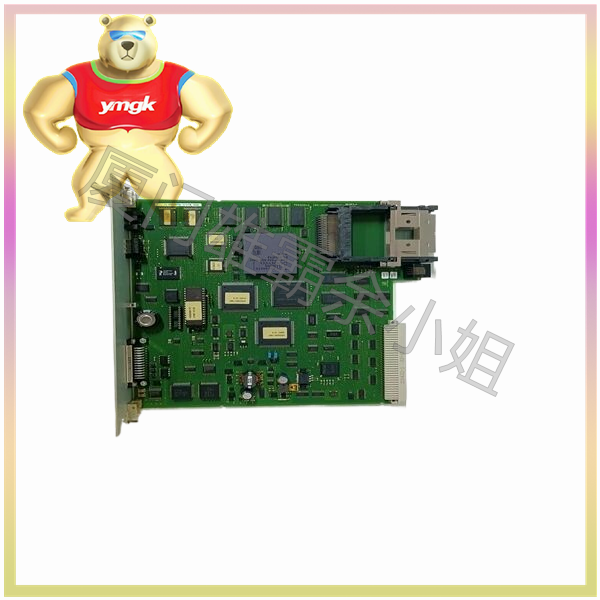
Implementation technology of combinational logic controller
3.1 Hardware Implementation Technology
The hardware implementation techniques of combinational logic controllers mainly include the following:
(1) Gate Array: A gate array is a programmable logic device that can flexibly configure the type and connection method of logic gates according to design requirements.
(2) Programmable Logic Device (PLD): A PLD is a programmable logic device, such as FPGA, CPLD, etc., that can flexibly configure logic circuits according to design requirements.
(3) Application specific integrated circuit (ASIC): ASIC is a customized logic device that can be customized according to specific application requirements.
3.2 Software Implementation Technology
The software implementation techniques for combinational logic controllers mainly include the following:
(1) Hardware Description Language (HDL): HDL is a programming language used to describe hardware circuits, such as VHDL, Verilog, etc., and can be used to design and simulate combinational logic controllers.
(2) Graphic design tool: Graphic design tool is a visual design tool that can be used to design and simulate combinational logic controllers, such as Xilinx’s ISE, Altera’s Quartus, etc.
(3) Simulation software: Simulation software is a type of software used to verify the functionality and performance of logic circuits, such as ModelSim, Cadence, etc.

